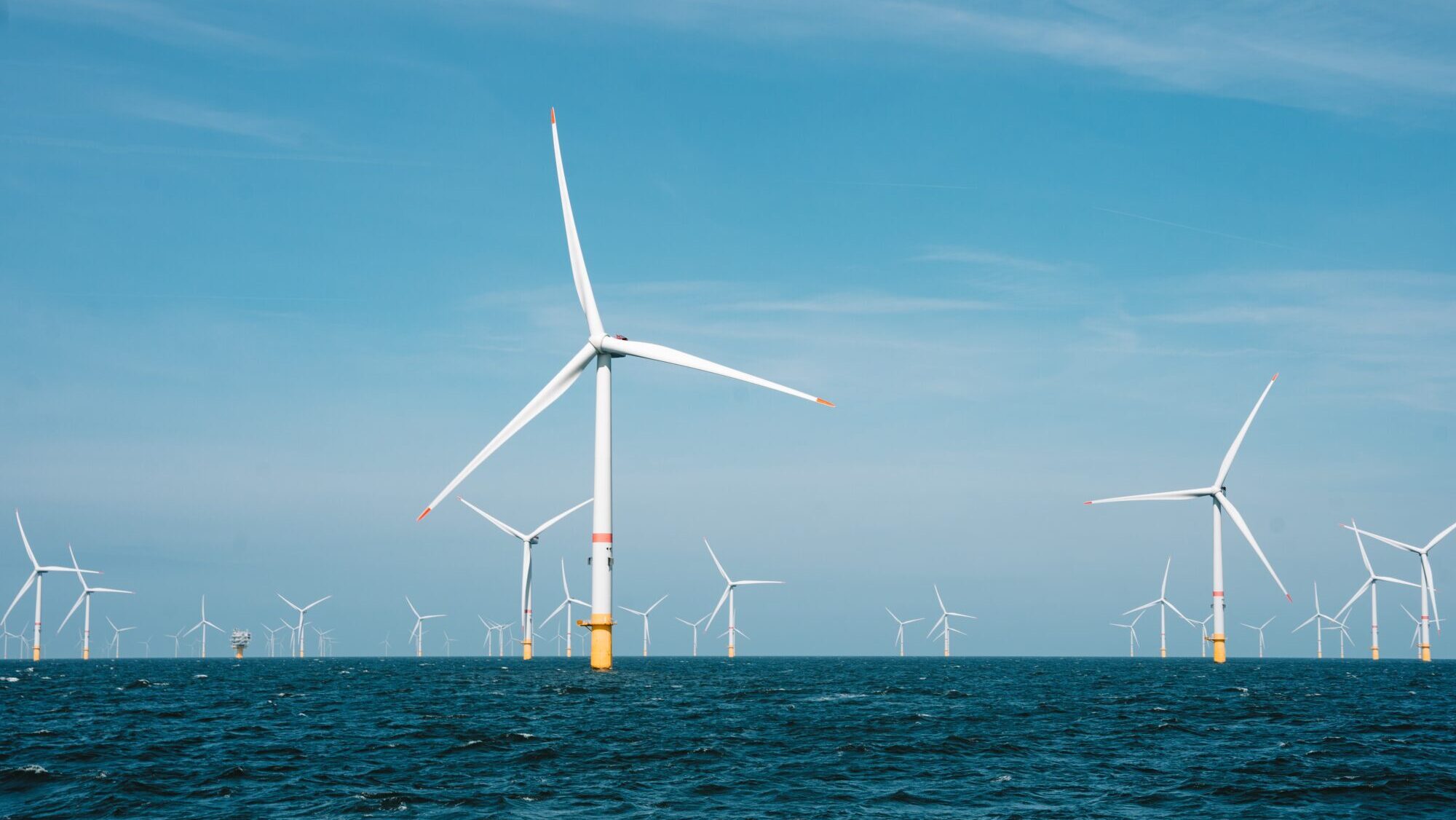
Photo: Jesse De Meulenaere
Just a few months ago the future looked sunny and bright for both SolarProfit and EiDF, two companies in Spain that install solar panels both for private citizens and for large solar parks connected to the grid.
But in August, EiDF’s profits collapsed, falling 69.9%. Its shares dropped to €8.93 from €29.76. It lost €1.2 billion in a day.
SolarProfit was next. In September, its stocks sank 42.92% and it had to lay off 30% of its staff to rebalance its books.
Both are traded on the BME Growth, Spain’s stock market for smaller companies.
SoarProfit blamed the situation on relenting demand for home installations of solar panels and delays in permits for industrial projects.
Further up the chain, manufacturers of both wind turbines and solar panels are also struggling.
“You can have a very highly successful solar sector, with many companies going bankrupt,” Jenny Chase, solar analyst at BloombergNEF, explained to the trade publication pv magazine regarding solar panel manufacturers. “I think we should expect quite a lot of bankruptcies and some exits.”
Indeed, the push for solar energy continues to enjoy support politically and from certain environmentalists even while Europe is ahead of its goals for solar park installations. But the market for manufacturing solar panels is saturated. Now the weak ones are getting weeded out by economic natural selection at the same time that both The EU and the U.S. attempt to make gains in the market. So far, no one has beaten China, which also has a monopoly on the supply chains of the raw materials that go into solar panels.
“The rapid expansion of production capacity by Chinese manufacturers has outpaced the growth in demand,” Rebecca McManus, renewables lead at Aurora Energy Research, told pv magazine. “This is particularly relevant as prices there are normally two-thirds of the production prices in Europe.”
The wind sector is also being hit by high production costs and heavy regulation.
German giant Siemens Energy announced in September an expected net loss of €4.5 billion in the 2023 fiscal year due to its Spanish-German subsidiary Siemens Gamesa having to pay for costly repairs to turbines in its onshore units, increased production costs, and the difficulties associated with getting offshore business going.
The next link in the chain reaction, offshore wind farms, which once seemed so promising, are not proliferating.
An icon of these dashed dreams is the Norfolk Offshore Wind Zone, a project of the Swedish energy company Vattenfall that was once projected to provide electricity to 4 million homes in the UK just in its first three phases. After years of preparatory work, the company announced in August that those phases had been put on hold. It blamed rising production costs, which have increased around 40% in the last several months.
They are all just more signs of the impossible promises of the energy transition to ‘renewable’ energy.
